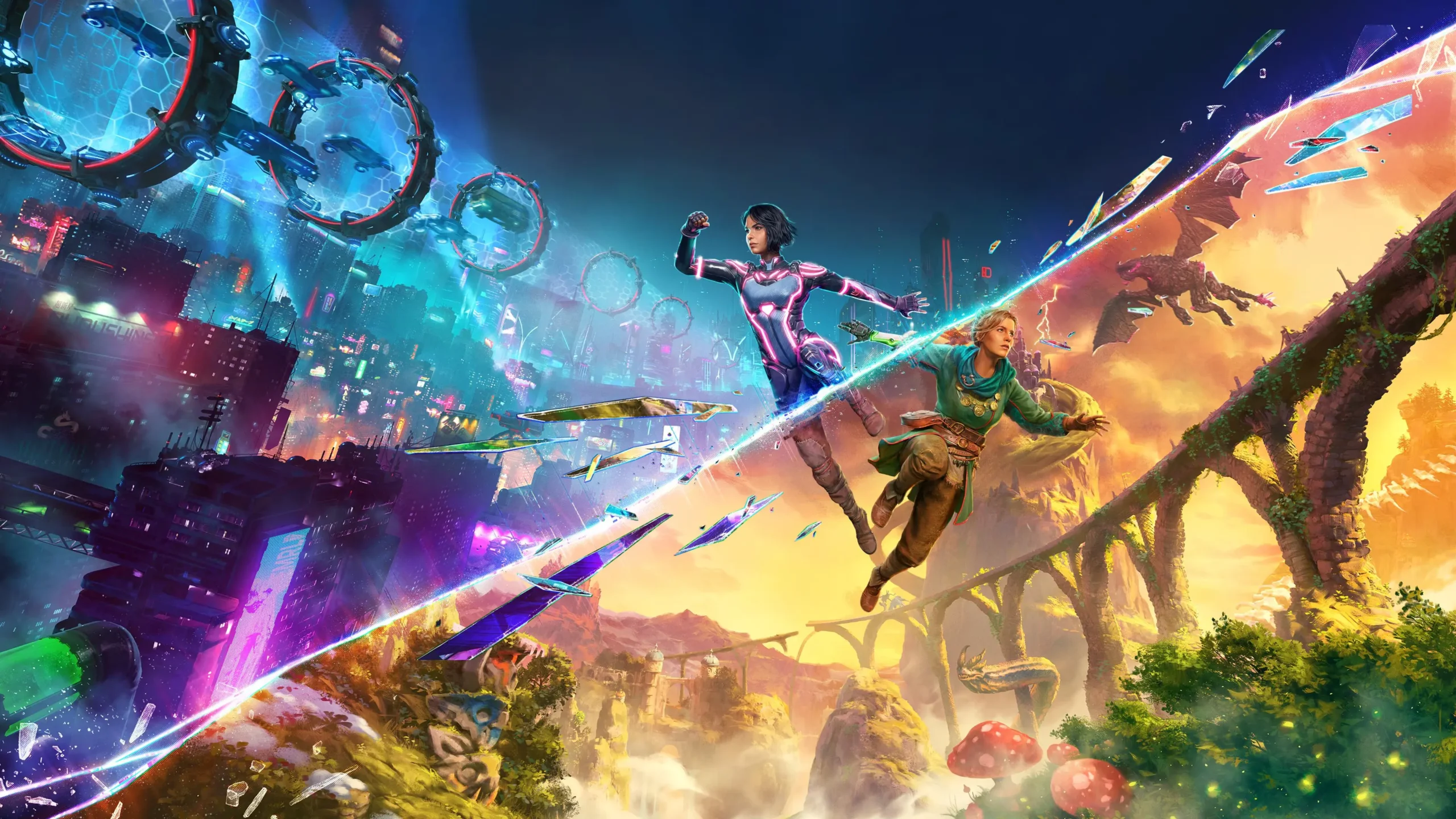Split Fiction dazzles with visual flair and momentary brilliance, but its journey is derailed by clumsy writing and repetitive gameplay. Like so many of you, we’d seen the hype in those pre-release screenshots—the swirl of cyberpunk neon against verdant fantasy forests, the high-concept pitch of a game that splits reality and genre in two. Split Fiction arrived on our screens with huge expectations, blending sci-fi, fantasy, and cyberpunk tropes with a bold artistic vision. Could it be the next sleeper hit, or would its ambition outpace its execution? In our Split Fiction review, we found something more complicated—a pretty, promising world bogged down by all-too-predictable pitfalls.
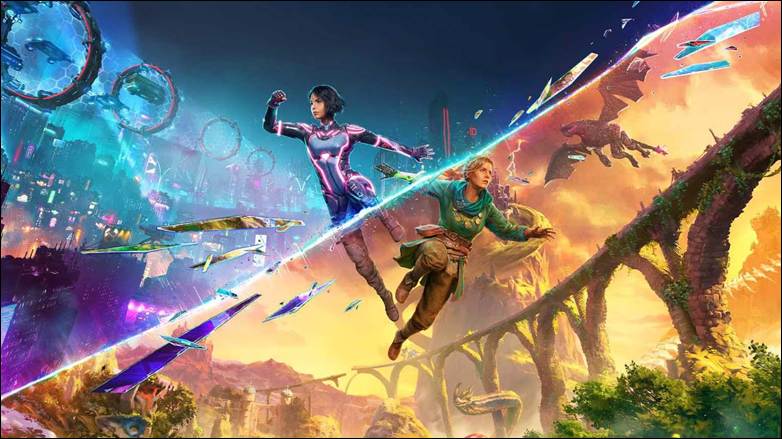
- The game features diverse environments, seamlessly transitioning between dystopian cities and enchanted forests.
Split Fiction Review: A Journey Through Peaks and Pitfalls
Our excitement was palpable as we stepped into the opening hours of Split Fiction. You’re tossed between dimensions: one minute you’re darting through rain-slick cyber-city streets, the next you’re wading through the mystical wilds, each world promising endless stories and imaginative stakes. The initial promise was electric. This was a universe built to wow us, and for a while, we let ourselves get swept up in all those branching possibilities. But as hours passed, we found ourselves battling not just the game’s cookie-cutter enemies, but the creeping sense that all this spectacle was covering some deep flaws.
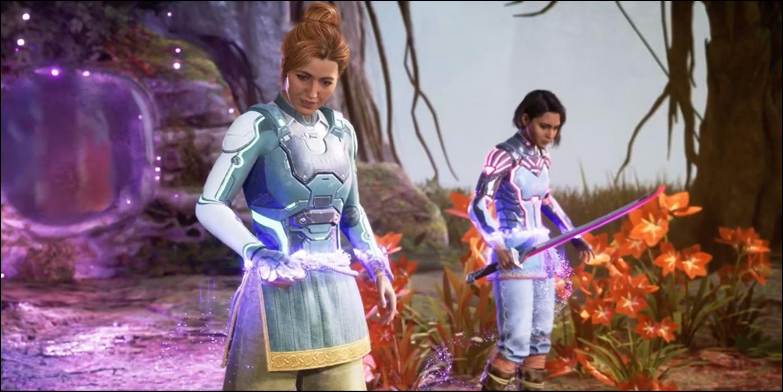
- Each level introduces unique mechanics, from dragon riding to laser sword duels, requiring teamwork and coordination.
Story and Setting: Ambitious Concepts, Uneven Execution
From the title alone, Split Fiction trumpets its genre-mixing ambitions—sci-fi one moment, fantasy the next, all seasoned with a touch of noir cyberpunk edge. There’s a real spark in the way the game’s setting smashes these styles together, and for a time, we wandered with genuine curiosity, soaking in the world-building details. The game introduces us to parallel worlds locked in a narrative tug-of-war, raising tantalizing questions about fate, identity, and choice.
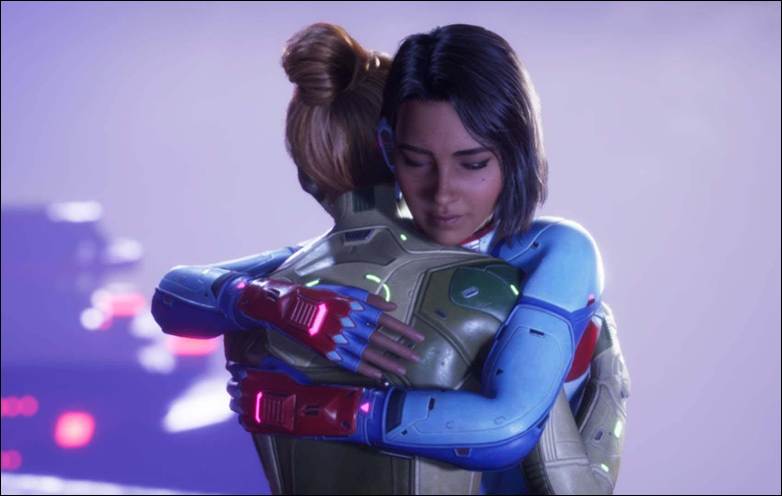
- The story explores themes of creativity, collaboration, and confronting personal fears through gameplay.
Yet, as our Split Fiction review process continued and we dug deeper, the cracks started to show. Too often, the story darts off in unpredictable directions, sometimes for the sake of a twist, sometimes just to keep us busy. We found ourselves half-invested, wishing the game would slow down and let its best ideas breathe. Split Fiction’s world feels alive in flashes—an odd artifact here, a bit of whispered lore there—but it never quite comes together in a satisfying whole.
The Writing: Dialogue Missteps and Flat Characters
a. The Problem with Dialogue
It’s hard to overstate how much clumsy writing can drag down a game that otherwise shines. We winced more than once at dialogue exchanges like, “You can’t outrun the shadows of your past,” or the achingly generic “This is bigger than both of us.” Time and again, Split Fiction’s script leaned on these tired clichés, and instead of fleshing out the stakes, it chipped away at our immersion. There were moments when we genuinely groaned—did nobody give this script a second pass?
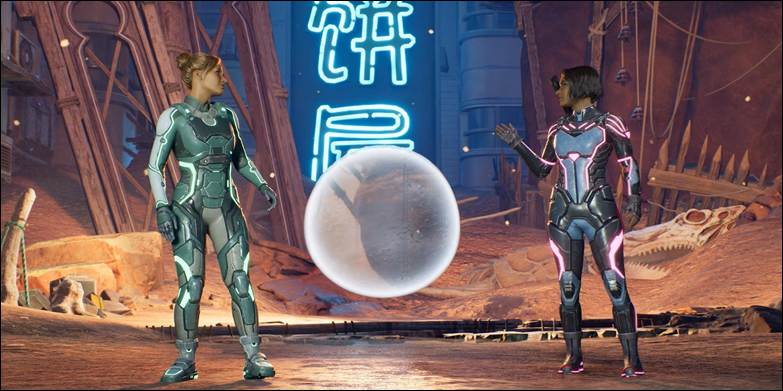
- The split-screen mechanic remains active even online, emphasizing constant cooperation.
b. Bland Characterization
That weakness extends to the cast. Heroes and villains seem to spring from a stockpile of genre templates, occasionally hinting at inner life but rarely delivering. It’s a shame, too, because the characters are introduced with room to grow—a hacker with a lost family, a guardian torn between duty and love. But their arcs are bullet points rather than emotional journeys, a significant drawback noted in our Split Fiction review. We wanted to root for them, or even hate them, but too often, we simply shrugged at missed emotional notes.

- Sharp, witty dialogue brings depth and humor to the evolving relationship between the protagonists.
Gameplay Loop: Stunning Environments, But Repetitive Patterns
a. Visual Excellence
Let’s take a moment to appreciate what Split Fiction gets right—its look. The game’s world is, from start to finish, visually captivating. We still remember wandering through those rain-soaked alleyways, admiring the haze of neon and flickering lights reflecting off puddles. The fantasy sections are no less lovely: twisted trees, glimmering caves, and vast kingdoms that beg for exploration. The art direction is top-notch, creating an instantly immersive atmosphere.
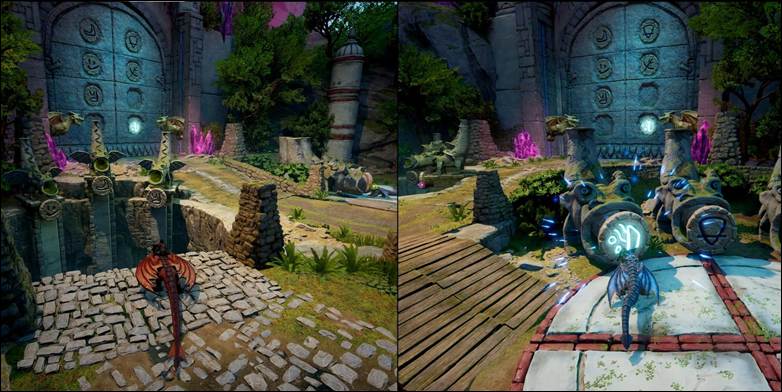
- Puzzles often require asymmetrical cooperation, with each player handling different tasks simultaneously.
b. Gameplay Monotony
Unfortunately, the thrill of discovery quickly dulls when patterns repeat. After a handful of missions, the main campaign settles into a rut—clear area, solve an all-too-simple puzzle, dispatch recycled enemy types, fetch this item, repeat. We kept waiting for the moment when the level design would surprise us, but too often, it’s a case of déjà vu. The first time we scaled a cyberpunk skyscraper, it was fantastic. By the fifth, the magic was gone.
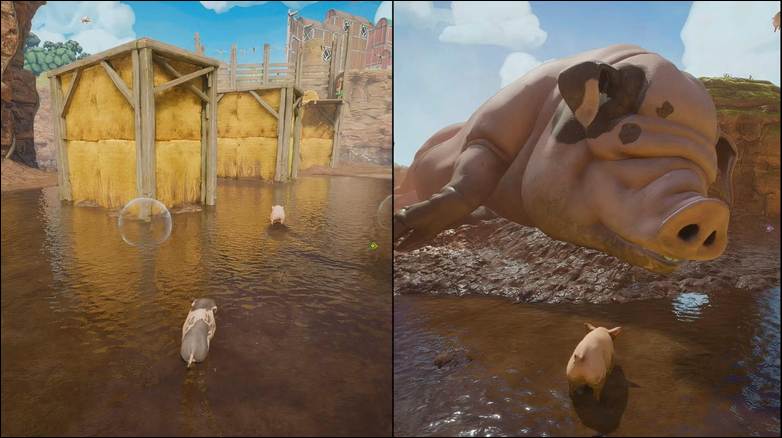
- Hidden lore reveals backstories and emotional layers tied to each character’s journey.
c. The High Point: Side Content
Yet, just when tedium set in, a few side missions managed to jolt us awake. These moments—perhaps a mournful robot’s quest for lost memories, or helping an exiled faerie find peace—show Split Fiction’s potential at its brightest; a key positive aspect in our Split Fiction review. Some of these optional stories are inventive, heartfelt, or just plain weird, standing out as the most memorable parts of the ride. We started making a habit of seeking them out, just hoping for another gem hidden off the main path.
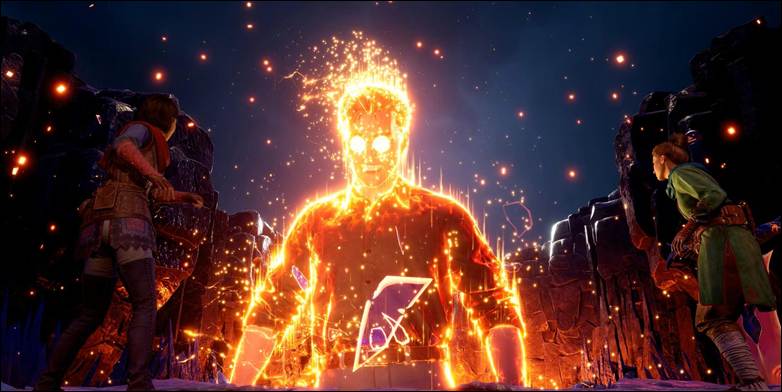
- The game encourages constant communication between players to solve puzzles and survive challenges.
The Final Chapter: Glimpse of Greatness
Then comes the last chapter—a reminder of why we stuck with the game. Here, Split Fiction finally delivers on the promise of its split-reality concept: worlds shift around you in real time, puzzles require quick thinking and adaptability, and the stakes genuinely feel epic. The art team pulls out every stop, painting breathtaking vistas as you leap from world to world. The pacing, at last, finds its stride: challenges escalate, characters show sparks of real growth, and the narrative comes together in a way we’d hoped for all along.
The frustrating thing is, this final sprint could have been the rule, not the exception. If only the same creativity and urgency had spread across the whole game, Split Fiction might have become a favorite for years to come. Finishing this chapter was a bittersweet victory—elating and disappointing in equal measure.
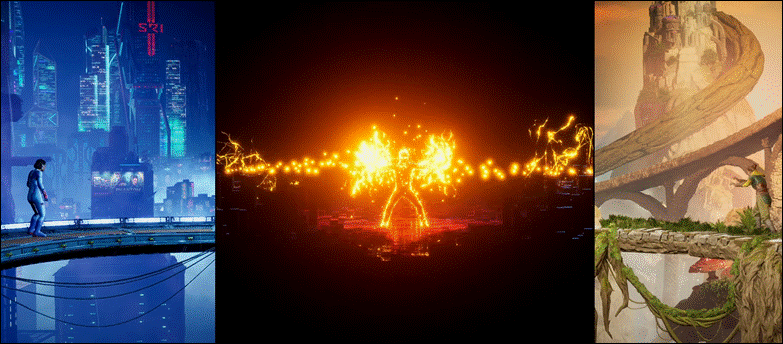
- The contrast between Mio’s logic-driven style and Zoe’s emotional storytelling fuels both conflict and growth.
Overall Experience: Flashes of Brilliance in a Flawed Journey
Looking back over the hours spent in Split Fiction, as detailed in this Split Fiction review, we can’t deny that it left an impression. Its strengths—top-tier visuals, those rare side mission gems, and a riveting conclusion—are real. But so, too, are its flaws: dialogue that stumbles when it should soar, characters who never quite find their soul, and a gameplay loop that forgets to evolve.
That leaves us thinking about what could come next. There’s a solid foundation here, should the developers choose to build on it—tighten up the writing, double down on creative missions, break out of the repetitive mission design. For now, Split Fiction is a game for those who value atmosphere above all else, who don’t mind wading through repetition in search of standout moments. For completionists and genre fans, there’s enough to justify a look, as long as expectations are set appropriately.

- Environmental storytelling lets players uncover secrets without a single line of dialogue.
To Sum Up: Should You Play Split Fiction?
So, does the good outweigh the bad? We’d say it depends on what you want from your games. Split Fiction dazzles the eyes, especially if you’re a fiend for world design and visual artistry. If you’re in it for story or gameplay variety, you’ll need more patience—or a willingness to savor bright spots amidst the bland. For some, that final chapter might redeem the entire experience. For others, it may feel like too little, too late. We’re curious—did you find the ending worth the wait? Or did Split Fiction’s strengths come too late to win you over? Let’s hear your thoughts—because, just like the best parts of this game, the story only gets better when more voices join in, contributing to the ongoing Split Fiction review discussion.
Read the latest game reviews on Gamerative.
FAQ: Split Fiction Review
Q1: Does Split Fiction have any multiplayer or co-op features?
No, Split Fiction is a strictly single-player experience. All worlds, missions, and character arcs unfold in a solo journey, so those seeking multiplayer or co-op modes may want to look elsewhere.
Q2: How much time does it take to complete Split Fiction, including major side content?
Most players will find themselves spending between 18 to 25 hours to reach the final credits if tackling key side missions. Completionists aiming to see every hidden story and collectible can expect the playtime to stretch even further.
Q3: Are there any accessibility options for players who need assistive features?
Split Fiction includes basic accessibility settings, such as adjustable text size, colorblind modes, and subtitle support, but lacks advanced features like remappable controls or extensive audio cues found in top accessibility-focused titles.
Q4: Is there potential for DLC or expansions based on Split Fiction’s story and world?
The developers have hinted at possible future content, as the game’s ending leaves several threads unresolved. While nothing is officially announced, there’s buzz in the community hoping for story expansions or even a complete sequel.
| Rating | Game title | Review published |
|---|---|---|
| 9/10 | Death Stranding 2 | July 15, 2025 |
| 9/10 | First Breserker Khazan | July 13, 2025 |
| 7/10 | Split Fiction | July 13, 2025 |
Split Fiction: Split Fiction is a visual feast with hints of brilliance, but ultimately loses its way with clumsy writing, repetitive gameplay, and underwhelming character work. Worth sampling for its world design and standout side stories—but set expectations for style over substance. – BlazeRunner
Pros:
- Stunning Visuals & World Design:
Gorgeous cyberpunk, fantasy, and sci-fi environments, with seamless transitions and immersive art direction. Visual creativity is the game’s biggest highlight. - Ambitious Genre-Bending Concept:
Successfully blends multiple genres and settings, giving each world a unique flavor that’s exciting to discover. - Inventive Side Missions:
Side content occasionally shines with memorable, creative stories—offering glimpses of emotional depth and gameplay innovation absent from the main path. - Strong Final Chapter:
The last act finally delivers on the game’s promise, bringing exciting mechanics, better-paced challenges, and some real narrative payoff. - Atmospheric Audio & Music:
Adaptive soundtrack and subtle sound design add immersion, especially in key narrative and action moments.
Cons:
- Weak Writing & Dialogue:
The story is hampered by cliché-filled, often awkward dialogue and flat characterizations, making it difficult to connect emotionally or care about the journey. - Repetitive Gameplay Loop:
Core missions quickly fall into predictable, tiresome patterns—recycled objectives and enemies dampen the thrill and sense of discovery. - Underdeveloped Characters:
Protagonists and villains are introduced with potential but rarely grow, relying on generic tropes rather than meaningful development. - Pacing Issues:
The main narrative jumps erratically, with some intriguing ideas undercooked and others overstretched, leading to disappointment between great visual setpieces. - Basic Accessibility Options:
Offers only fundamental features for accessibility, lacking the depth found in more inclusive modern games.

